Home>Interior Design>6 Mistakes You’re Making With Your Farmhouse Kitchen


Interior Design
6 Mistakes You’re Making With Your Farmhouse Kitchen
Modified: October 20, 2024
Avoid these 6 common interior design mistakes that might be holding back the potential of your farmhouse kitchen. Enhance its charm and functionality with expert tips and tricks.
(Many of the links in this article redirect to a specific reviewed product. Your purchase of these products through affiliate links helps to generate commission for Storables.com, at no extra cost. Learn more)
Introduction
Welcome to the world of farmhouse kitchens! The farmhouse style has gained immense popularity in recent years, thanks to its warm and inviting atmosphere. This timeless design aesthetic combines rustic elements with modern touches, creating a space that exudes comfort and charm.
However, even the most well-intentioned farmhouse kitchen enthusiasts can make some common mistakes that can detract from the overall appeal and functionality of their space. In this article, we will explore six mistakes that you might be making with your farmhouse kitchen, and discover how to rectify them to create a stunning, functional, and truly Instagram-worthy culinary haven.
Key Takeaways:
- Create a functional layout with ample storage and traffic flow to optimize your farmhouse kitchen. Consult with a professional to ensure practicality and beauty coexist seamlessly.
- Infuse your farmhouse kitchen with personal touches, durable materials, and layered lighting for a charming, efficient, and uniquely personalized culinary haven.
Mistake #1: Ignoring the Importance of Functional Layout
One of the biggest mistakes you can make when designing your farmhouse kitchen is neglecting the importance of a functional layout. While farmhouse kitchens are known for their aesthetic appeal, they should also be practical and efficient spaces where you can effortlessly cook and move around.
One common error is cramming too many appliances and fixtures into a small area, resulting in limited counter space and cramped working conditions. To avoid this, take the time to carefully plan the layout of your farmhouse kitchen. Consider the work triangle concept, which involves positioning the sink, stove, and refrigerator in a triangular formation for optimal efficiency.
Another mistake is failing to create sufficient storage space. Farmhouse kitchens tend to have a lot of charming decorative pieces and kitchen tools, which can easily clutter up the space if not properly organized. Utilize clever storage solutions such as open shelving, hanging pot racks, or built-in cabinets to keep your culinary essentials within reach without compromising on aesthetics.
Additionally, don’t forget to allow enough room for traffic flow. Farmhouse kitchens often serve as a hub for family gatherings and socializing, so it’s important to ensure that there is ample space for people to move around comfortably. Avoid placing furniture, islands, or other obstacles in high-traffic areas that would impede the flow of movement.
To rectify the mistake of ignoring the importance of a functional layout, take the time to evaluate your kitchen space and make necessary adjustments. Consider consulting with a professional interior designer or kitchen planner to help you optimize the layout and create a kitchen that is both beautiful and practical.
Mistake #2: Neglecting Proper Storage Solutions
When it comes to designing your farmhouse kitchen, storage is key. Neglecting proper storage solutions can lead to a cluttered and disorganized space, making it challenging to find what you need when cooking or entertaining. Avoid this mistake by prioritizing smart storage options that maximize functionality while maintaining the charm of your farmhouse kitchen.
One common mistake is not utilizing the available vertical space. In a farmhouse kitchen, you have the advantage of high ceilings, so make use of them! Install tall cabinets or open shelving to store items that are not frequently used or display your collection of vintage kitchenware. This will not only add a decorative element to your kitchen but also free up valuable counter space.
Another mistake is not considering specialized storage for specific items. Farmhouse kitchens often have a plethora of unique kitchen gadgets and tools. To keep them organized and easily accessible, incorporate dedicated storage solutions such as pull-out spice racks, knife blocks, or built-in wine racks. By providing a designated spot for each item, you’ll minimize clutter and optimize efficiency in your cooking routine.
Furthermore, failing to make use of pantry space is a common oversight. A well-stocked pantry is vital in a farmhouse kitchen, as it provides a convenient storage solution for food staples and non-perishable items. If space permits, dedicate an entire area or closet for your pantry, complete with shelves and organizers to keep everything neatly arranged.
To correct the mistake of neglecting proper storage solutions, assess your kitchen’s storage needs and implement creative solutions that blend functionality with farmhouse style. Explore alternative storage options such as hanging pot racks, wire baskets, or vintage crates that add a rustic touch while maximizing storage space.
Mistake #3: Overlooking Proper Lighting
Lighting plays a vital role in any kitchen design, and farmhouse kitchens are no exception. Yet, one common mistake that many people make is overlooking proper lighting in their farmhouse kitchen. The right lighting can enhance the overall aesthetic appeal, create a warm and inviting ambiance, and improve functionality in your kitchen space.
One mistake is relying solely on overhead lighting. While overhead lighting is necessary for general illumination, it can create harsh shadows and uneven lighting in specific areas of the kitchen. To avoid this, incorporate a combination of lighting sources, including pendant lights, track lighting, under-cabinet lighting, and even natural light through windows or skylights. These different sources will provide layered lighting, ensuring that every corner of your kitchen is properly illuminated.
Another mistake is neglecting the importance of task lighting. Farmhouse kitchens are busy workspaces, and proper task lighting is essential to facilitate food preparation and cooking. Install task lighting fixtures, such as adjustable wall-mounted lights over the countertops and stove, to ensure you have adequate lighting for chopping, mixing, and cooking tasks.
Furthermore, overlooking the role of accent lighting can diminish the charm of your farmhouse kitchen. Accent lighting highlights specific architectural features, decorative elements, or focal points in the kitchen. Consider incorporating accent lighting to showcase your beautiful farmhouse sink, a collection of antique dishes, or a statement backsplash. This creates visual interest and adds an extra layer of ambiance to your kitchen space.
To correct the mistake of overlooking proper lighting, take a holistic approach and carefully plan the lighting design for your farmhouse kitchen. Combine different types of lighting sources, implement task lighting for specific work areas, and add accent lighting to highlight key features. Consulting with a lighting specialist can help ensure that you achieve the right balance of functionality and aesthetics in your kitchen lighting.
When designing a farmhouse kitchen, don’t overlook the importance of natural materials like wood and stone for a rustic, authentic feel.
Mistake #4: Choosing the Wrong Materials and Finishes
The materials and finishes you choose for your farmhouse kitchen play a crucial role in defining its overall style and durability. However, one common mistake is selecting the wrong materials and finishes that don’t align with the farmhouse aesthetic or withstand the demands of a kitchen environment.
One mistake is opting for delicate materials that can easily get damaged in a high-traffic area like the kitchen. While farmhouse kitchens are known for their charming and rustic appeal, it’s important to choose materials that are also practical and durable. For example, instead of selecting a fragile ceramic tile for the flooring, consider using natural stone, such as slate, or hardwood floors with a distressed finish. These materials can withstand the wear and tear of everyday kitchen use while adding to the rustic farmhouse ambiance.
Another mistake is completely ignoring the power of texture in materials and finishes. Texture is a key element in achieving the farmhouse look and feel. Consider incorporating materials with a distressed or weathered finish, such as reclaimed wood for countertops or exposed brick for a backsplash. These textures add depth and character to your farmhouse kitchen, creating a space that feels lived-in and cozy.
Furthermore, choosing the wrong finishes for your fixtures and hardware can detract from the farmhouse aesthetic. Farmhouse kitchens typically feature fixtures with an aged or antique finish, such as oil-rubbed bronze or brushed nickel. Avoid modern or overly polished finishes, as they can clash with the rustic charm of the farmhouse style. Ensure consistency in your choice of finishes throughout the kitchen, including cabinet handles, faucet, lighting fixtures, and other hardware.
To rectify the mistake of choosing the wrong materials and finishes, carefully consider the functionality, durability, and aesthetic appeal of each material and finish option. Research and explore different samples to get a better understanding of how they will complement your farmhouse kitchen style. Consulting with a professional interior designer or kitchen specialist can also provide valuable guidance in selecting the right materials and finishes for your farmhouse kitchen.
Mistake #5: Neglecting the Balance Between Style and Functionality
A common mistake when designing a farmhouse kitchen is neglecting the balance between style and functionality. While farmhouse kitchens are known for their charming and rustic aesthetic, it’s important not to sacrifice functionality for the sake of style.
One mistake is prioritizing the visual appeal of the kitchen without considering the practicality of the layout. It’s crucial to create a space that not only looks beautiful but also allows for efficient and seamless workflow. Take into account the placement of the sink, stove, and refrigerator—the essential components of the kitchen work triangle. Ensure there is enough counter space for food preparation, a functional storage layout, and ample room for movement. Finding the right balance between style and functionality will result in a kitchen that’s both visually pleasing and a joy to work in.
Another mistake is neglecting essential kitchen features and appliances for the sake of aesthetics. While farmhouse kitchens often showcase vintage-inspired or antique elements, it’s important not to overlook modern conveniences. Make sure your farmhouse kitchen is equipped with up-to-date appliances such as a reliable stove and oven, a spacious refrigerator, and efficient dishwasher. These modern amenities can seamlessly blend into the farmhouse style while enhancing the functionality of your kitchen.
Furthermore, a common mistake is selecting decorative pieces or furniture that hinder the flow of the kitchen. While farmhouse kitchens usually feature unique and eye-catching decor, it’s important to choose items that don’t impede movement or clutter the space. Avoid overfilling the kitchen with unnecessary items that may look appealing but disrupt the functionality of the kitchen. Opt for functional decorative pieces, such as wall-mounted shelves or hanging racks, that not only add charm but also serve a practical purpose.
To correct the mistake of neglecting the balance between style and functionality, carefully consider the layout, features, and design elements of your farmhouse kitchen. Aim for a harmonious blend of both style and functionality, ensuring that the design enhances the efficiency of the space while maintaining the charming farmhouse aesthetic. Working with a professional interior designer or kitchen planner can help you strike the perfect balance.
Mistake #6: Forgetting to Incorporate Personal Touches
Creating a farmhouse kitchen is not just about following design trends; it’s about infusing your personality and personal style into the space. One mistake that people often make is forgetting to incorporate personal touches, resulting in a cookie-cutter farmhouse kitchen rather than a unique and personalized space.
One common mistake is relying solely on generic farmhouse decor items. While there is nothing wrong with incorporating popular farmhouse elements such as mason jar accessories or distressed wood accents, it’s essential to add your own personal touch. Consider displaying items that hold sentimental value or reflect your personal interests. This could be a collection of vintage cookbooks, antique kitchen tools passed down through generations, or artwork that speaks to your personality and taste.
Another mistake is not considering the functionality and personal needs of your household. As much as farmhouse kitchens are meant to showcase charm and style, they should also accommodate your specific lifestyle. Consider your cooking habits, family dynamics, and entertaining preferences when designing your kitchen. For example, if you love baking, incorporate a designated baking area with ample counter space and storage for your baking essentials. If you enjoy entertaining guests, create a central island or bar area where people can gather and socialize.
Furthermore, neglecting to include personal touches in the color scheme can make your farmhouse kitchen feel generic. While neutral colors like white, beige, and gray are common in farmhouse kitchens, don’t be afraid to add pops of color or unexpected hues that resonate with your personal style. It could be a bold blue island, vibrant tile backsplash, or colorful vintage dishware displayed on open shelves. These splashes of color can add personality and make your kitchen feel uniquely yours.
To rectify the mistake of forgetting to incorporate personal touches, take the time to reflect on your personal style, interests, and needs. Seek inspiration from your own life experiences, travel memories, or favorite hobbies. Infuse your farmhouse kitchen with items and design elements that bring joy and reflect your personality. Remember, personal touches are what will truly make your farmhouse kitchen feel like home.
Conclusion
Designing a farmhouse kitchen is an exciting and creative endeavor. However, it’s important to be mindful of the common mistakes that can impede the functionality and beauty of your space. By avoiding these pitfalls and incorporating the right elements, you can create a farmhouse kitchen that is not only visually stunning but also practical and efficient.
One key consideration is the layout of your kitchen. Avoid cramming too many elements into a small space and instead, focus on creating a functional and organized layout. Proper storage solutions are crucial in a farmhouse kitchen to avoid clutter and maintain a clean aesthetic. Be sure to utilize vertical space, incorporate specialized storage, and make use of pantry areas to keep your kitchen well-organized.
Lighting is another crucial factor to consider in your farmhouse kitchen. Layer different lighting sources to ensure adequate illumination and avoid creating harsh shadows. Incorporate task lighting for specific work areas and accent lighting to highlight key features of your kitchen.
When it comes to materials and finishes, choose durable options that fit the farmhouse aesthetic. Consider using natural and textured materials that add depth and character to your kitchen. Pay attention to the finishes on fixtures and hardware to ensure consistency and complement the rustic charm of the farmhouse style.
Most importantly, strike a balance between style and functionality in your design. Create a farmhouse kitchen that not only looks beautiful but also serves as a practical and efficient workspace. Don’t forget to incorporate personal touches that reflect your personality and make the space uniquely yours.
In conclusion, designing a farmhouse kitchen requires careful consideration and attention to detail. By avoiding these common mistakes and infusing your own personal style into the design, you can create a farmhouse kitchen that is both a stunning display of rustic charm and a functional space where memories are made and meals are shared.
Frequently Asked Questions about 6 Mistakes You're Making With Your Farmhouse Kitchen
Was this page helpful?
At Storables.com, we guarantee accurate and reliable information. Our content, validated by Expert Board Contributors, is crafted following stringent Editorial Policies. We're committed to providing you with well-researched, expert-backed insights for all your informational needs.
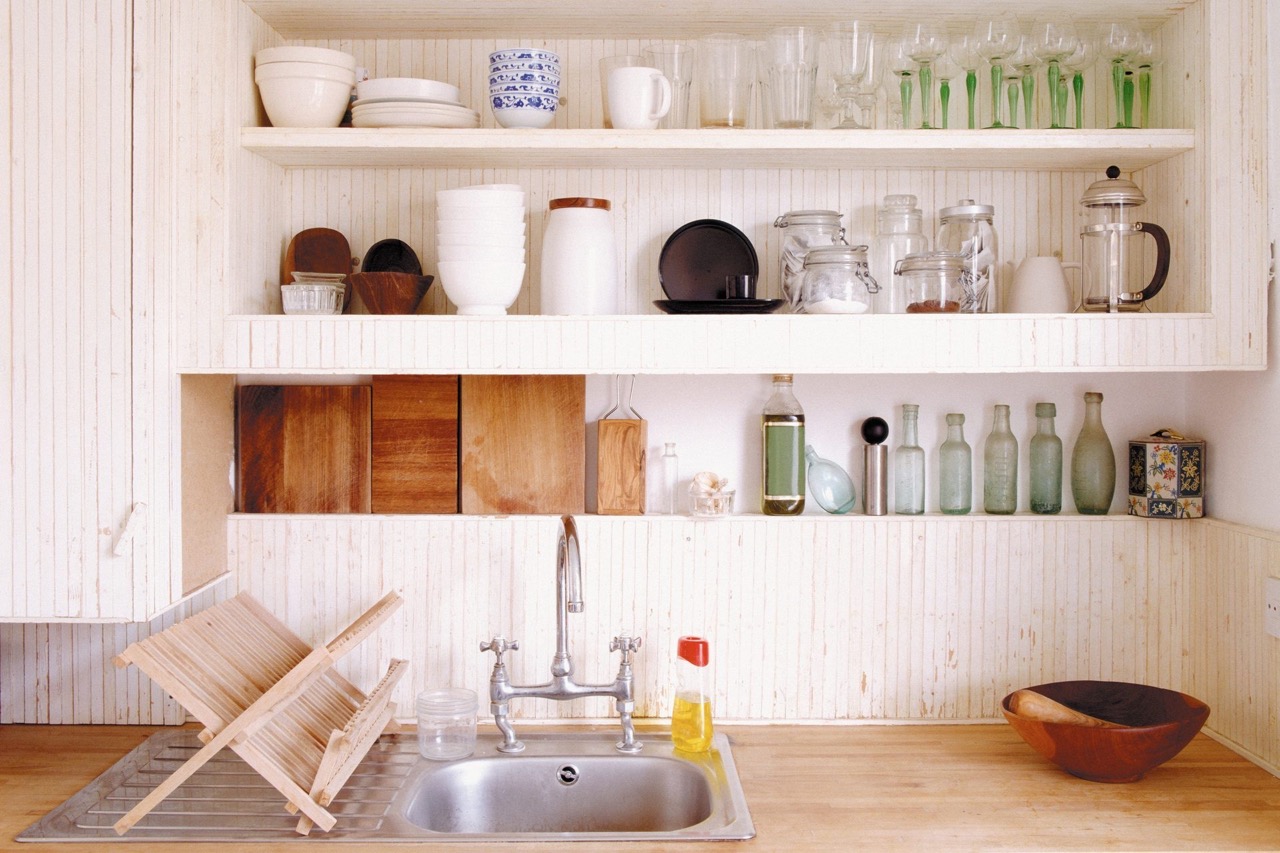

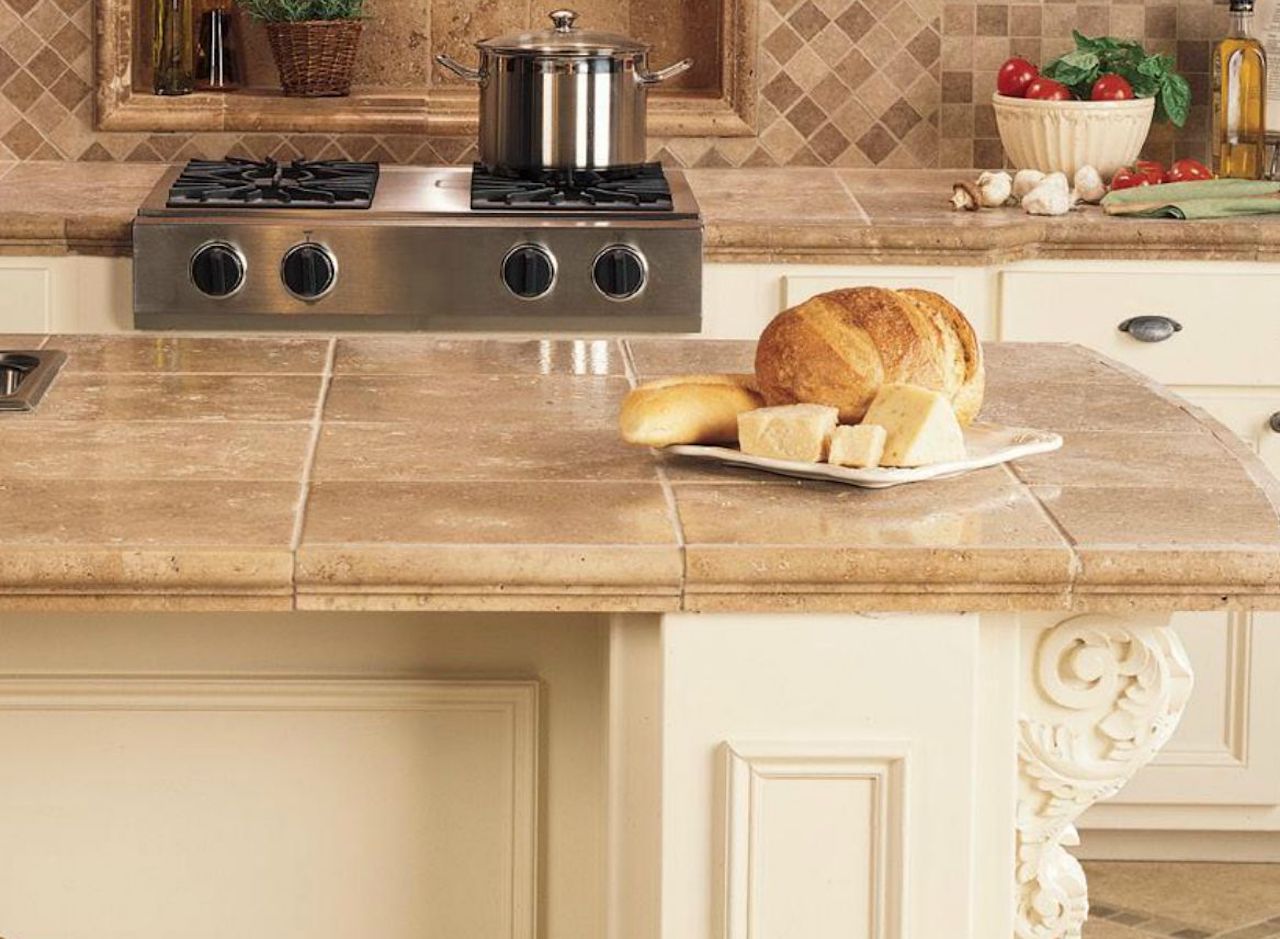
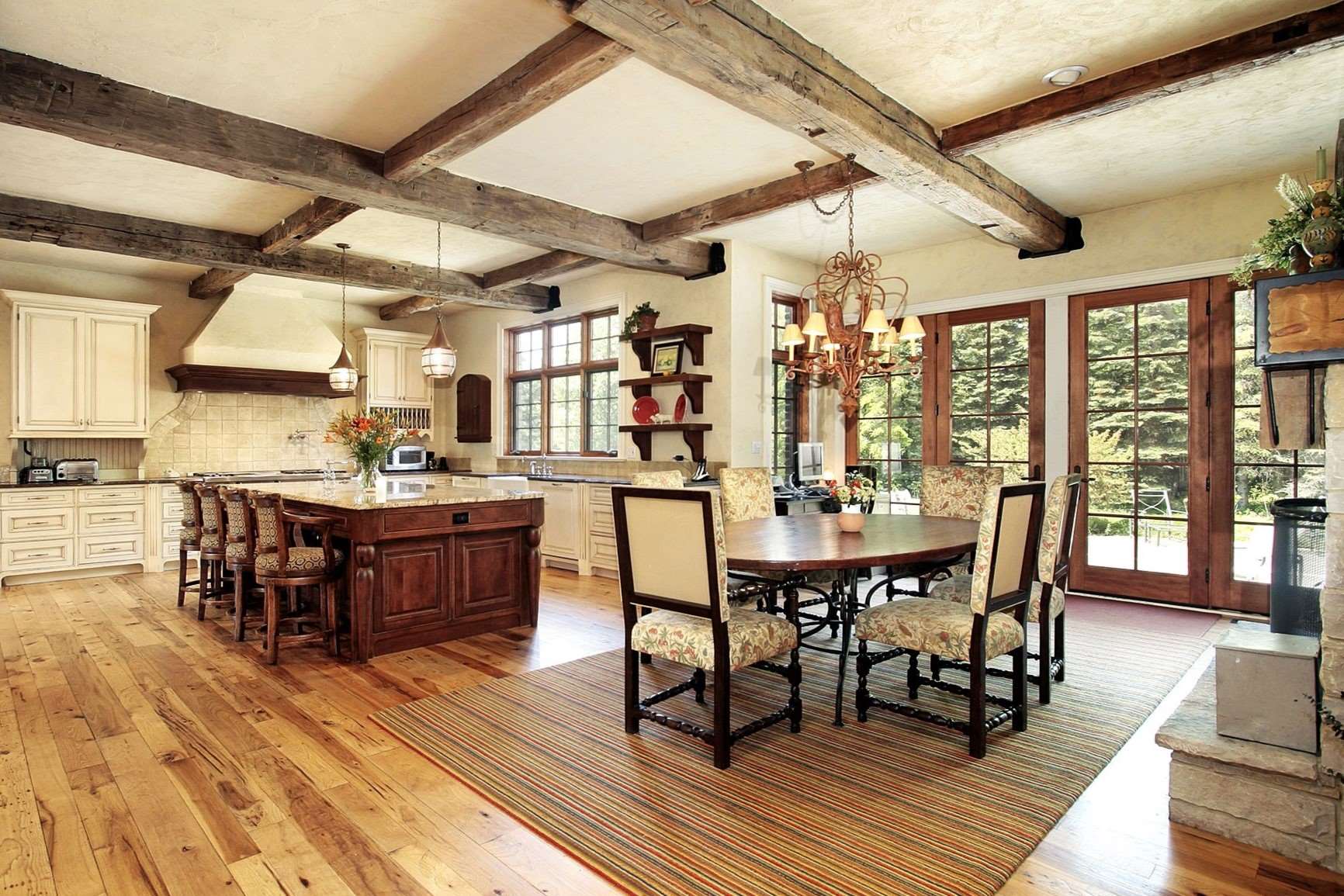

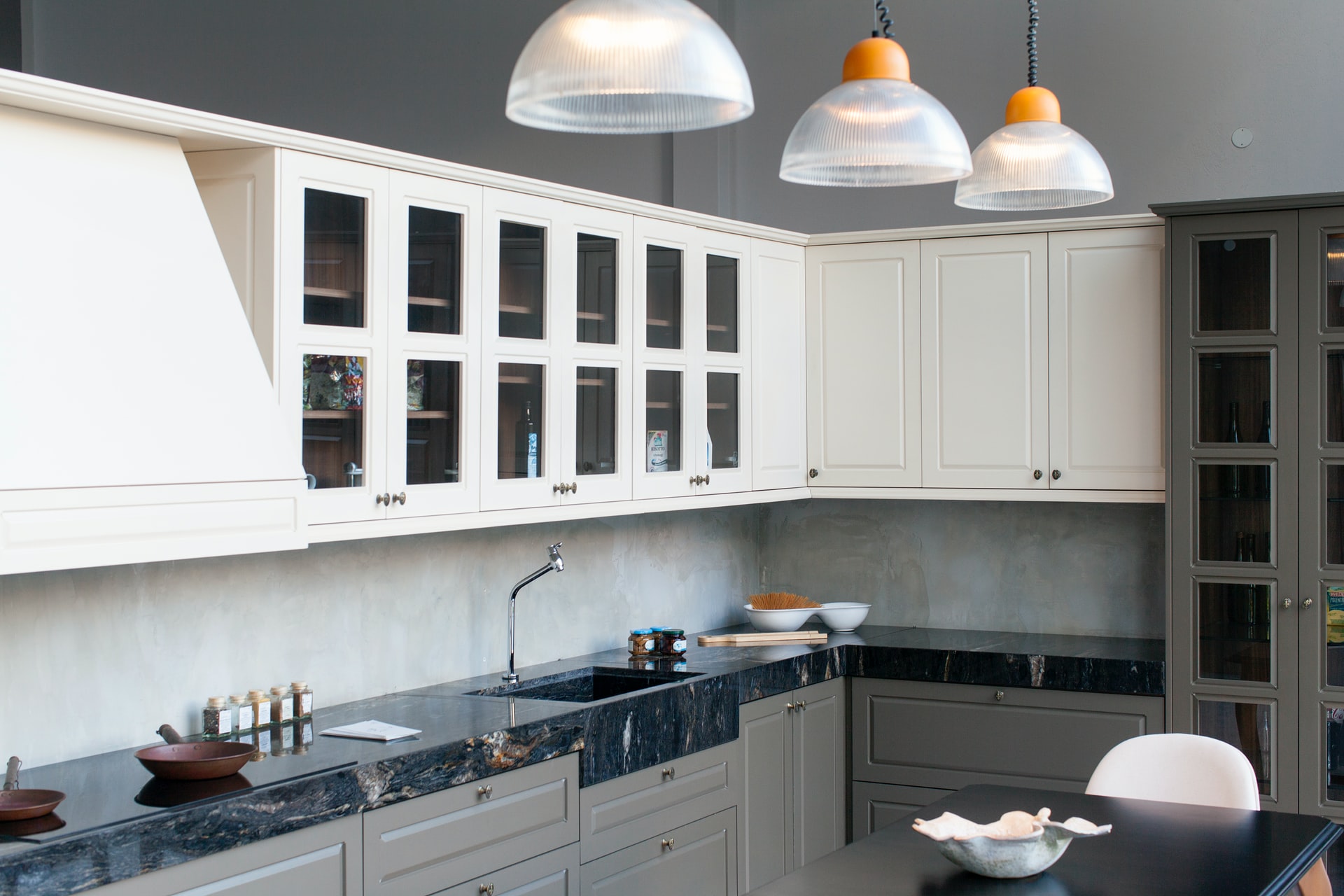

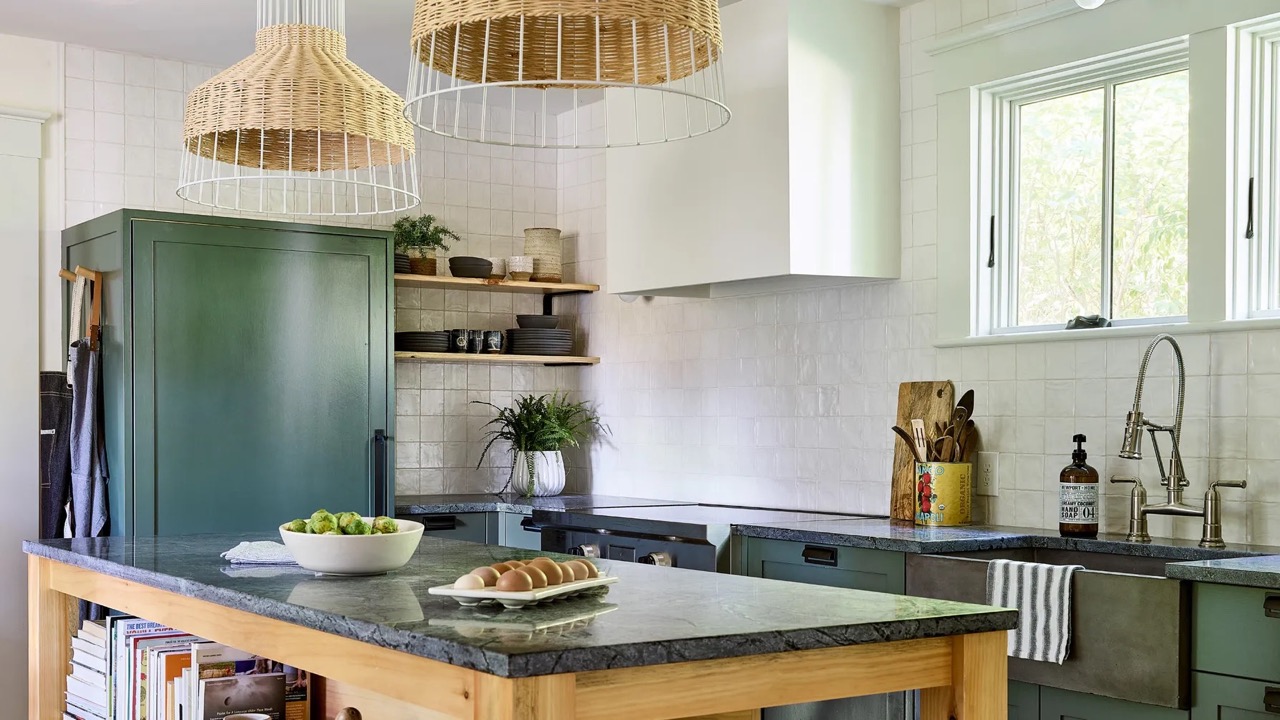
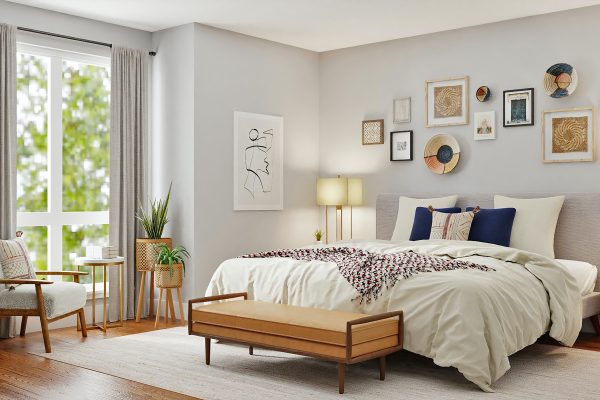
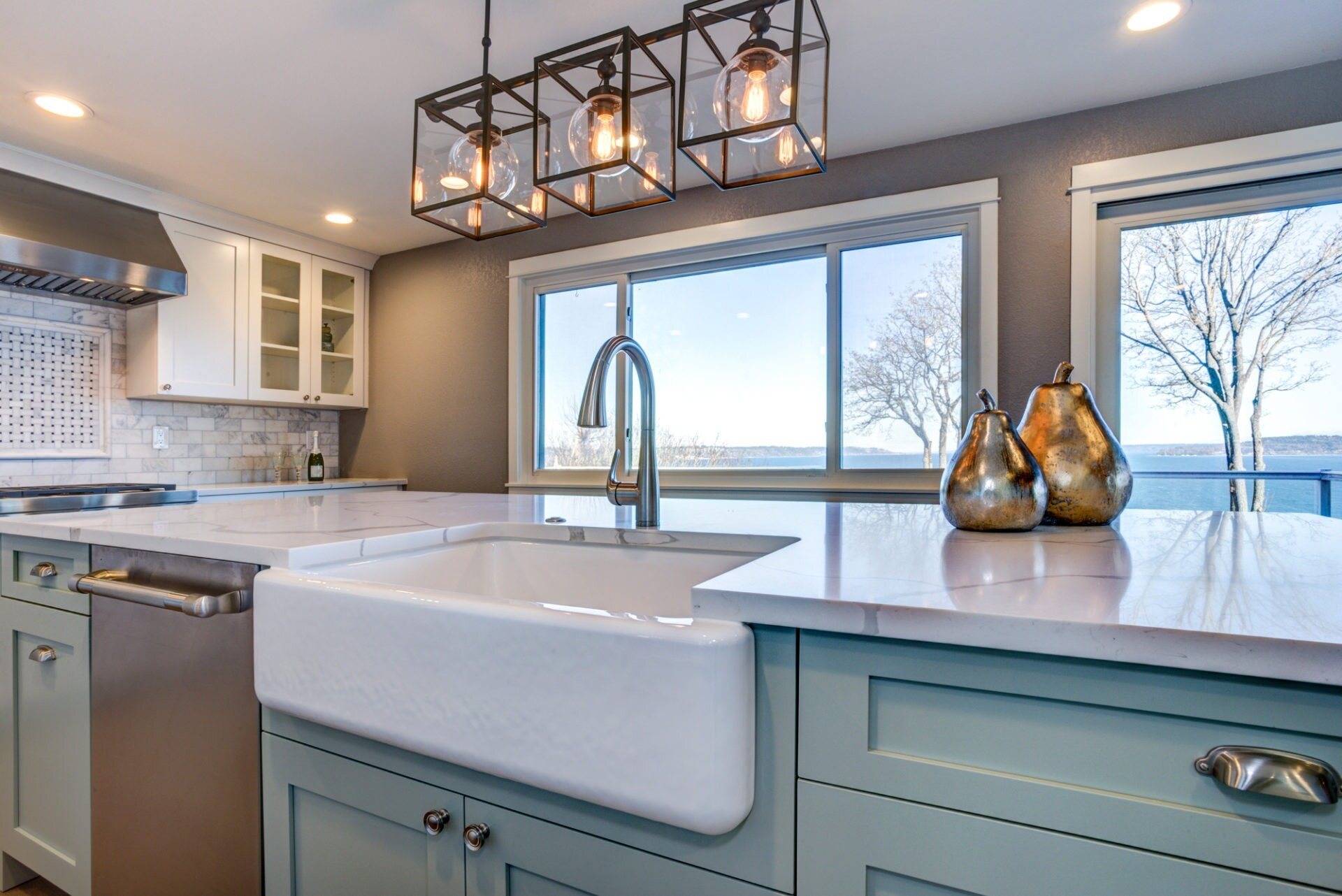
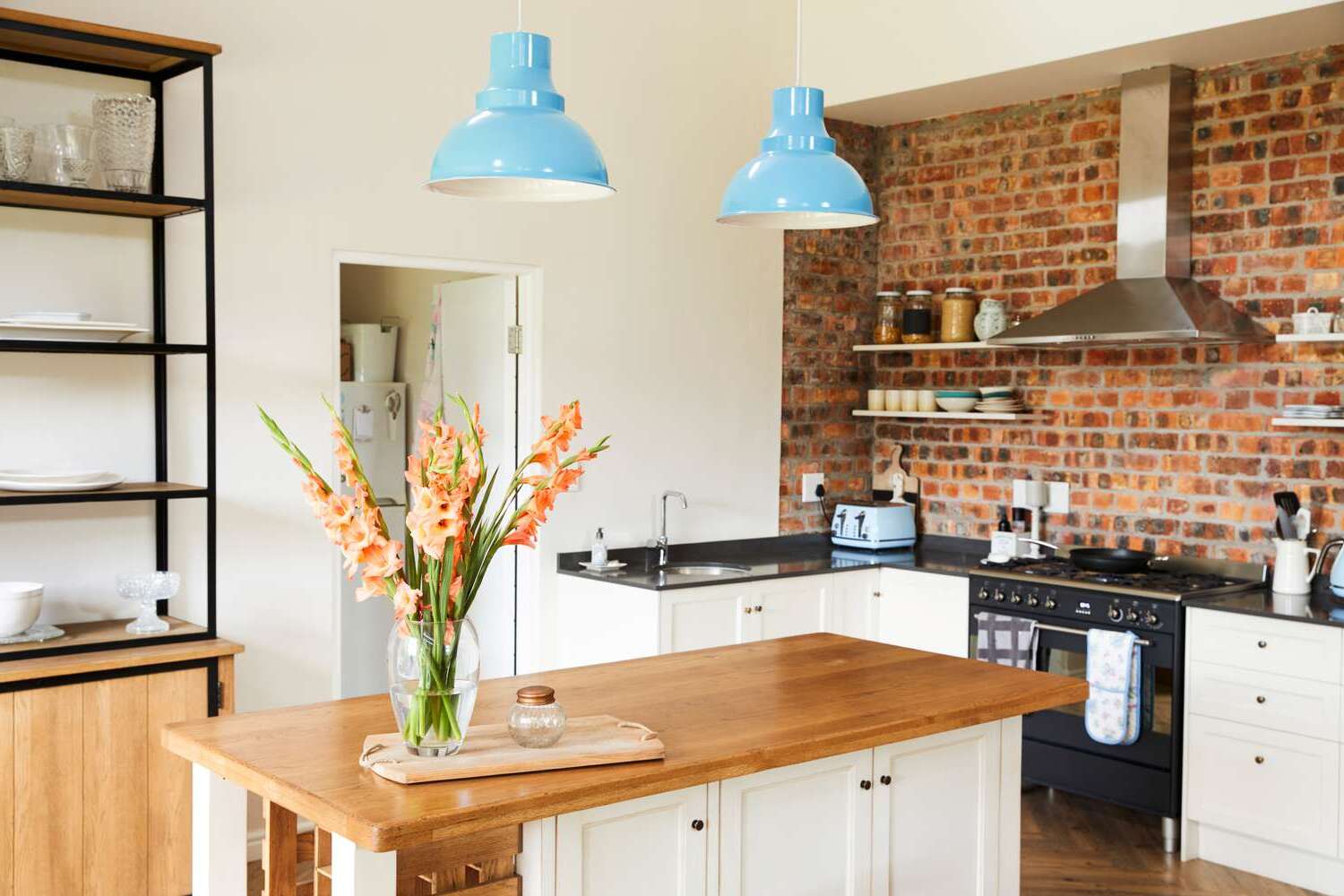

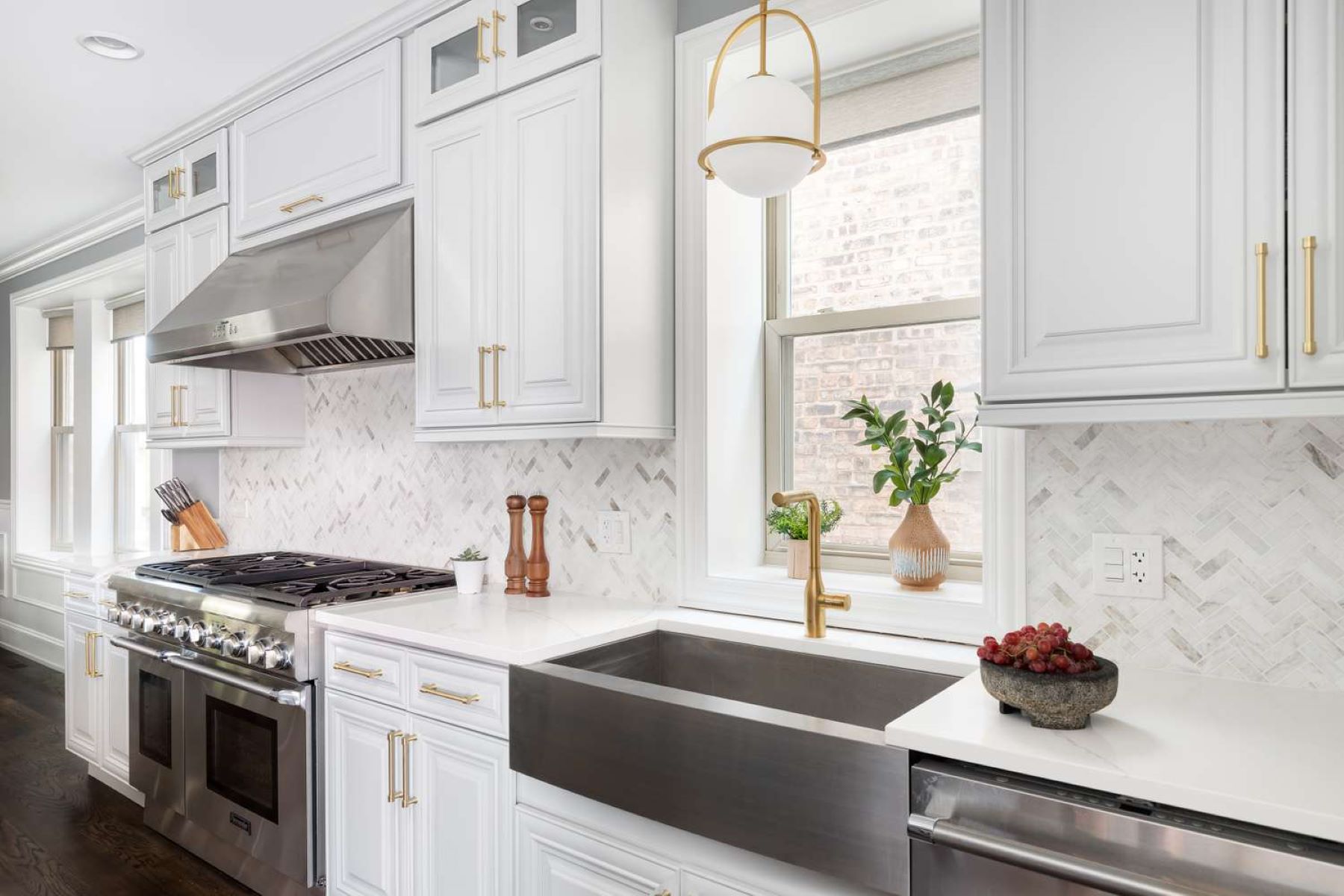
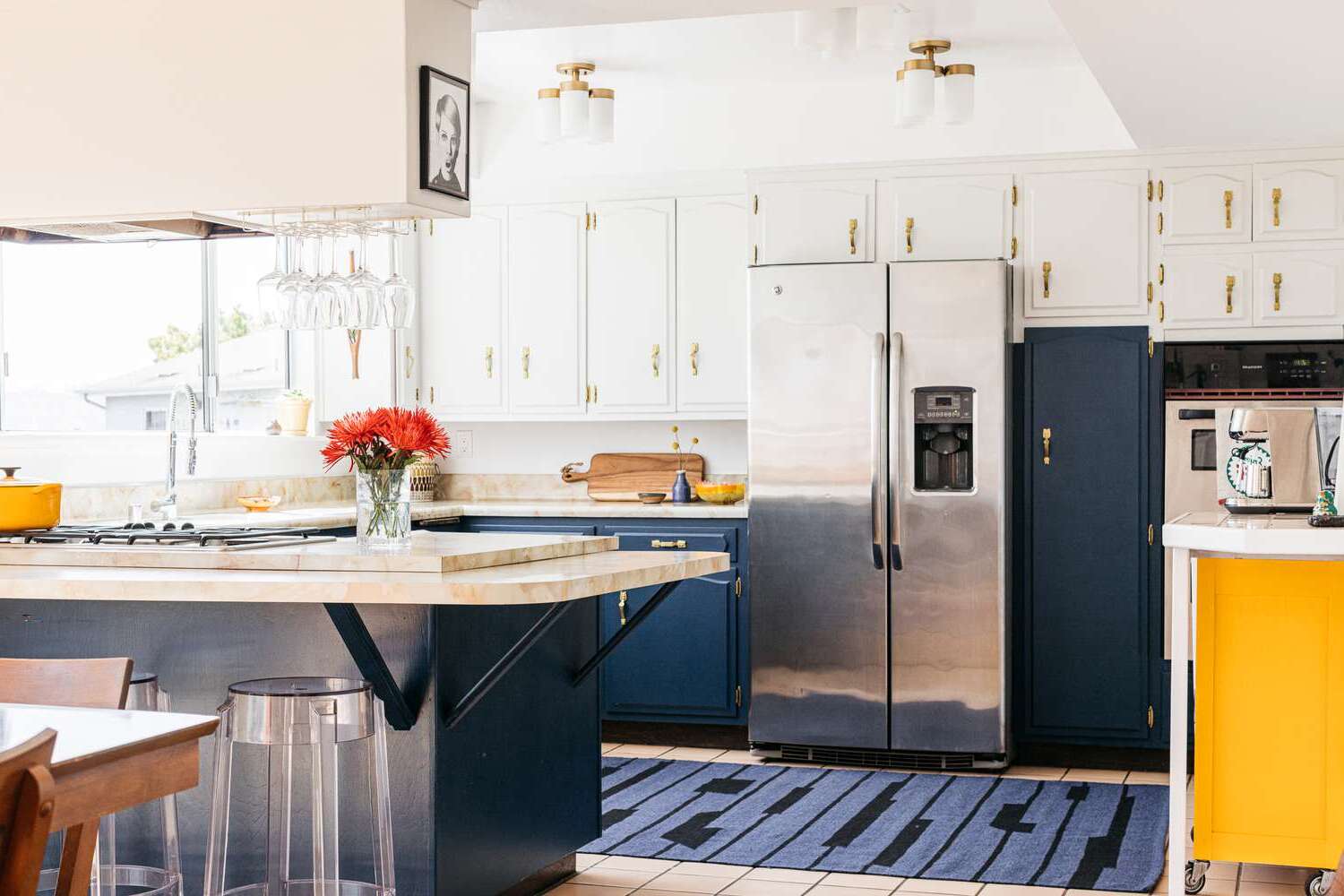

0 thoughts on “6 Mistakes You’re Making With Your Farmhouse Kitchen”